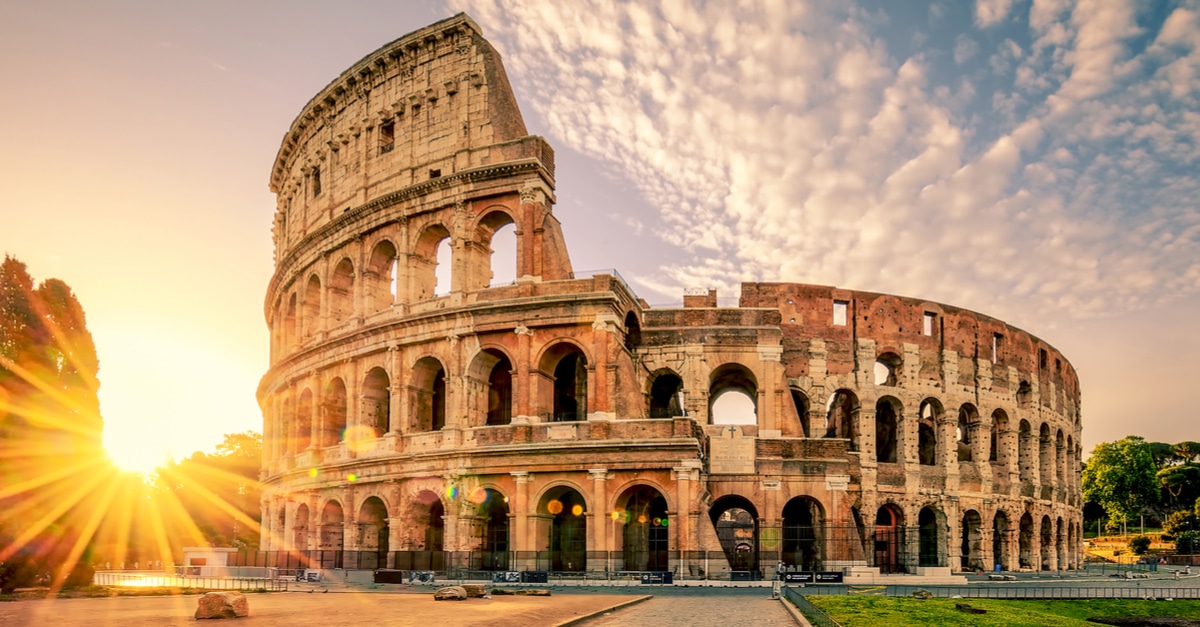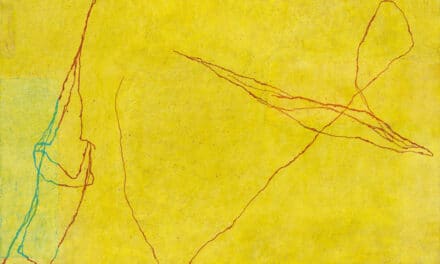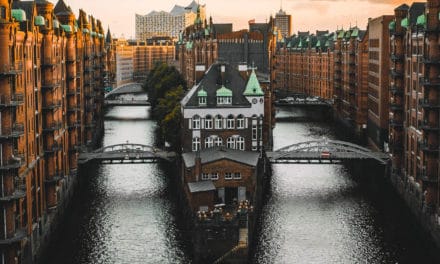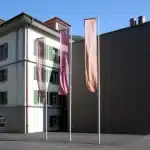The Colosseum in Rome is one of the most famous landmarks in the world and attracts over 5 million visitors every year. The ancient amphitheater was originally built as Rome's epicentre for entertainment: Public spectacles such as gladiator fights, simulated battles and animal hunts took place here.
It was built in ancient times and has served as the city's landmark ever since. The Colosseum was also the largest enclosed building of its time. The amphitheatre measures 527 meters in circumference and is up to 48 meters high - nowhere else in the world has a larger amphitheatre ever been built. Although the Colosseum is now partially dilapidated, its former splendor can still be imagined and marveled at. This makes the Colosseum probably the most impressive sight in Rome - perhaps even in the whole of Europe. With a total capacity of 70,000 visitors, the Colosseum was the largest amphitheatre of its time and still impresses today with its impressive height of almost 48 meters. Although the Colosseum shows the natural wear and tear of time, the legendary scale of this building still leaves a deep impression.
During your visit to the Colosseum, you will not only visit an architectural masterpiece, but also take an extraordinary journey back to the year 70 AD, when the Colosseum was built. You can get a taste of your journey through time here:
The history of the Colosseum
The Colosseum was built by the Flavian dynasty, under the leadership of Emperor Vespasian and his son Titus, between 72 and 80 AD. Historically known as the Flavian Amphitheatre, the arena got its colloquial name from the colossal statue of Nero that once stood near the Colosseum.
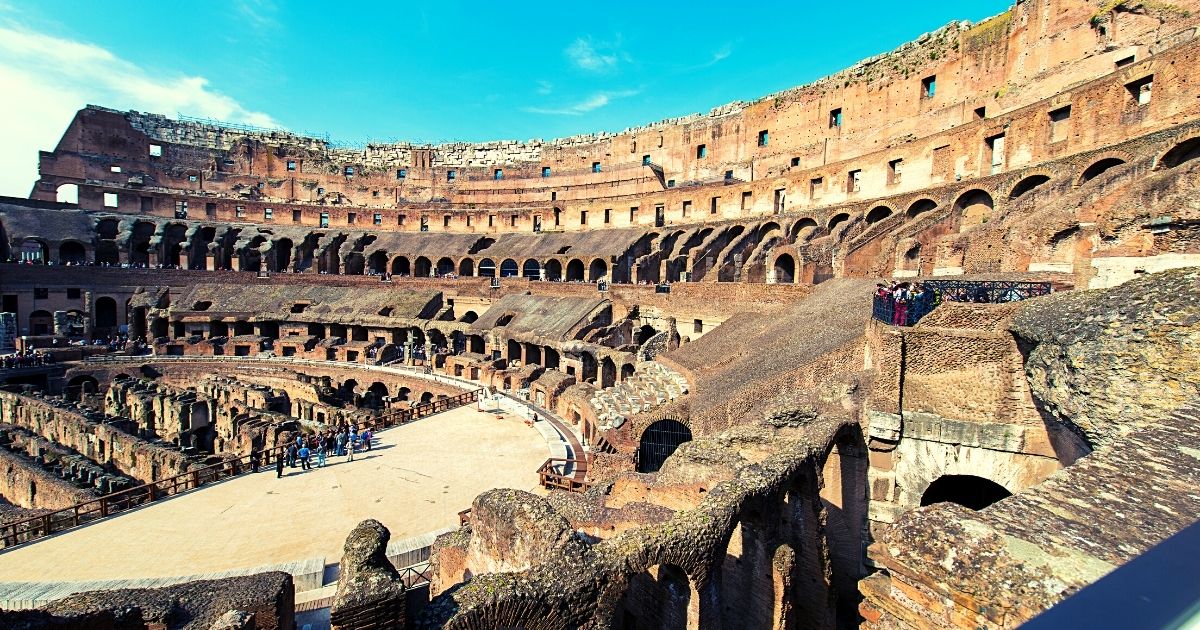
Colosseum Rome © parcocolosseo
The land on which the Colosseum was built was once a densely populated region of ancient Rome, located between the Caelian, Esquiline and Palatine Hills. However, the area was completely destroyed in the Great Fire of Rome in 64 AD. After the catastrophe, Nero confiscated the site and took it into his personal possession. He built a large palatial complex, the Domus Aurea, and constructed an artificial lake, pavilions, gardens and porticoes. At the entrance to the Domus Aurea stood the gigantic bronze statue Colossus of Nero.
The Domus Aurea was eventually demolished, the lake was filled in and construction work began on the Flavian amphitheater - gladiator schools and other support facilities were located nearby. Unlike other amphitheatres of the time, which were built on the outskirts of the city, the Colosseum was built in the city center and is therefore not only symbolically but also physically located in the heart of Rome.

